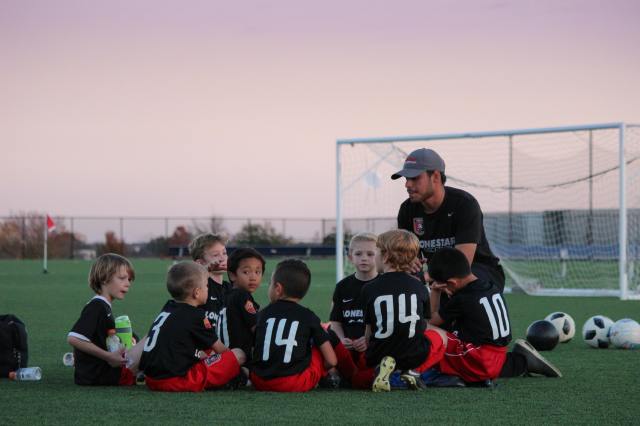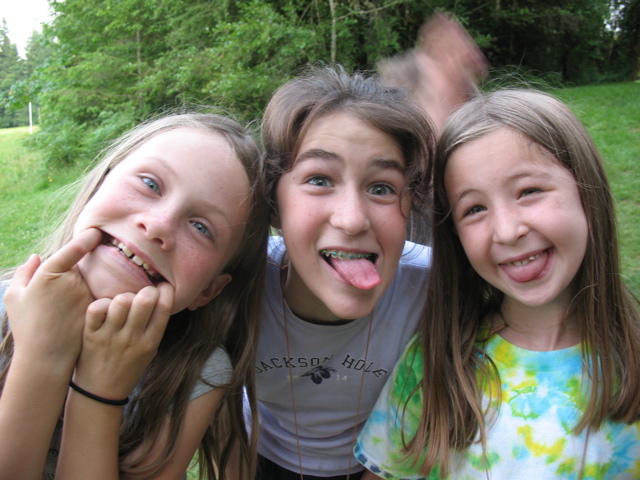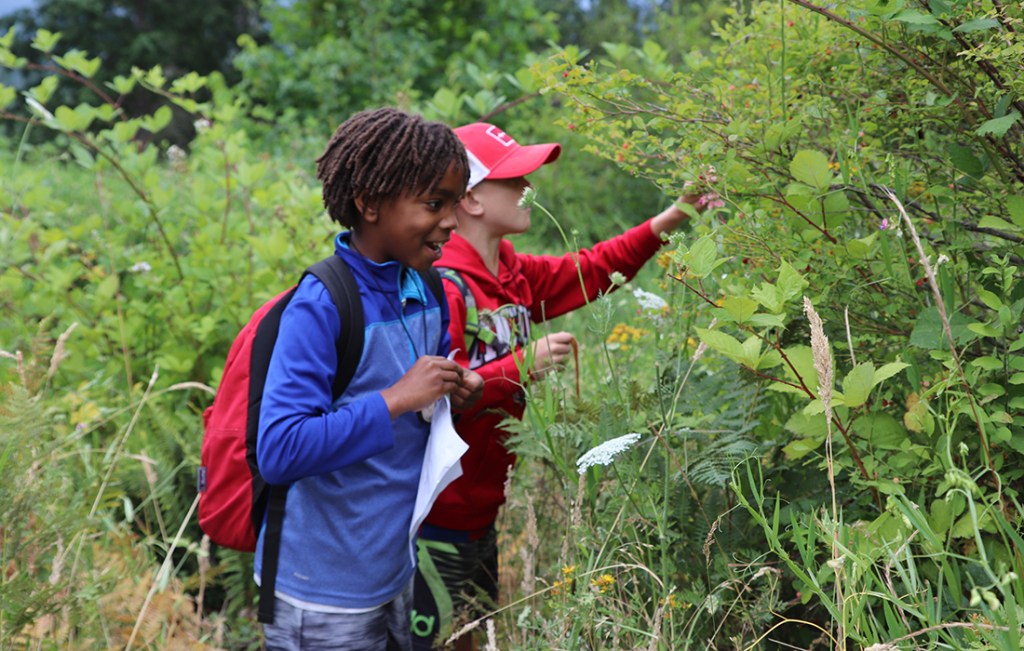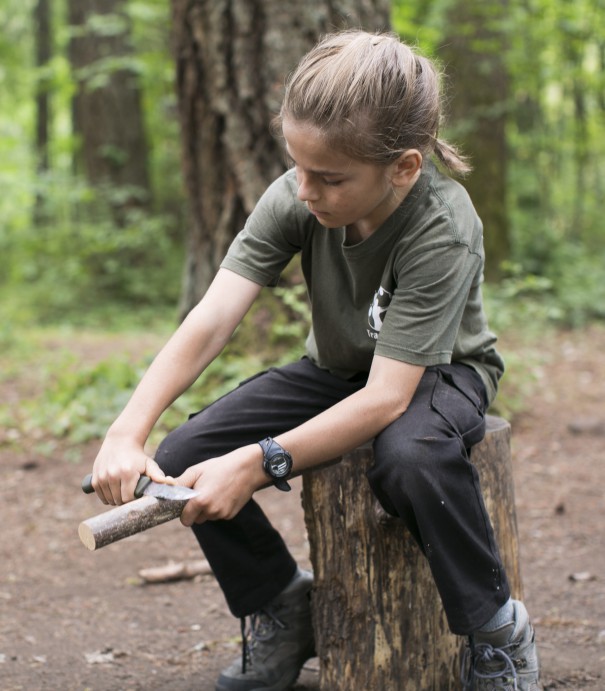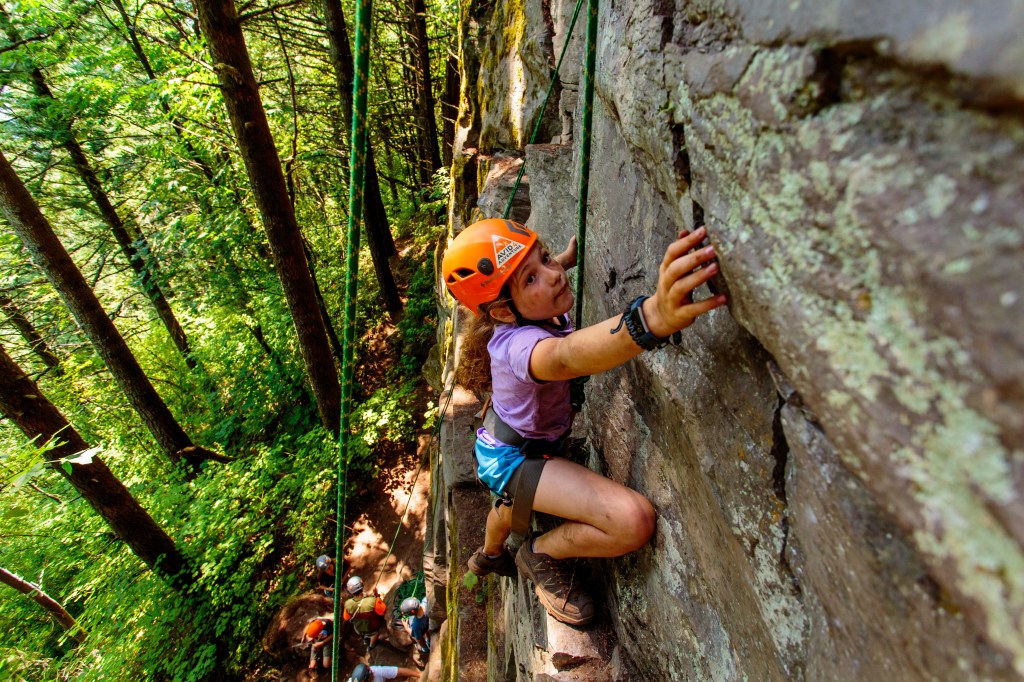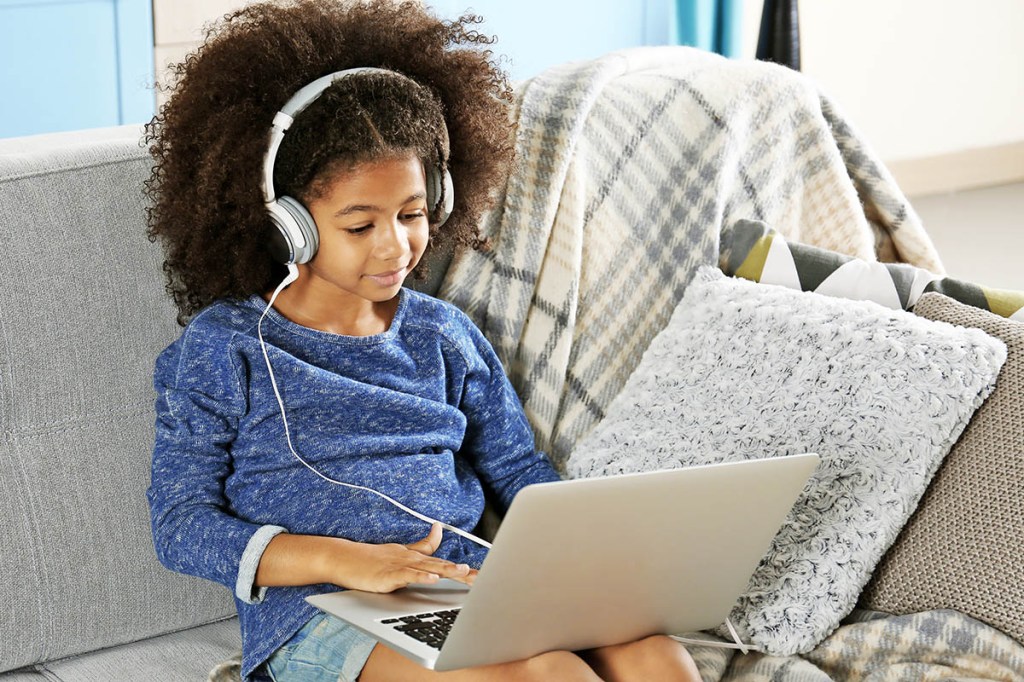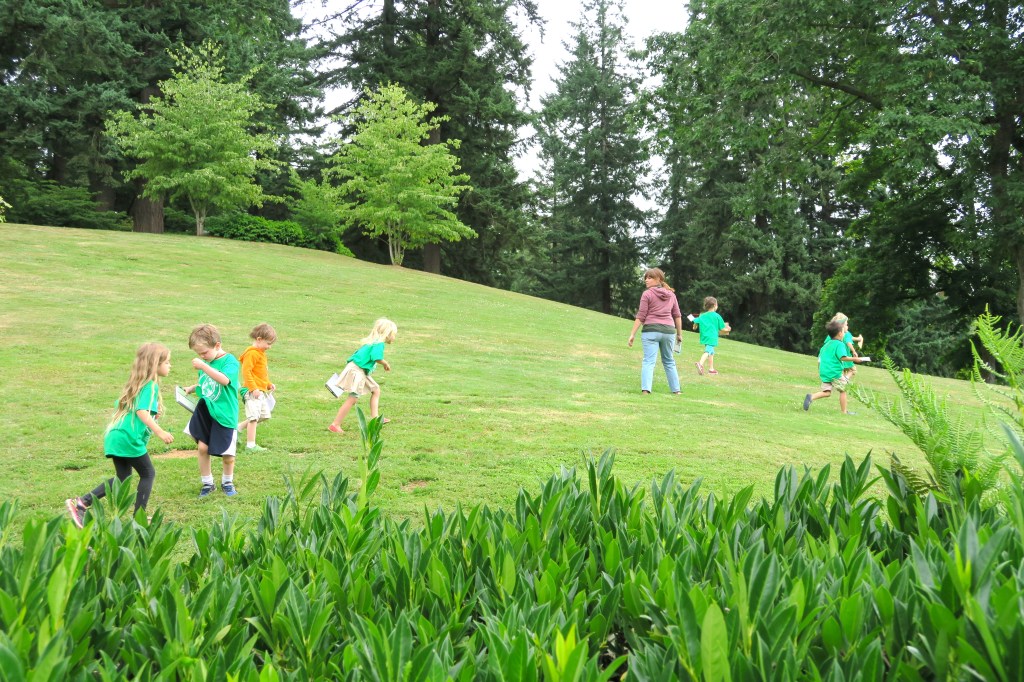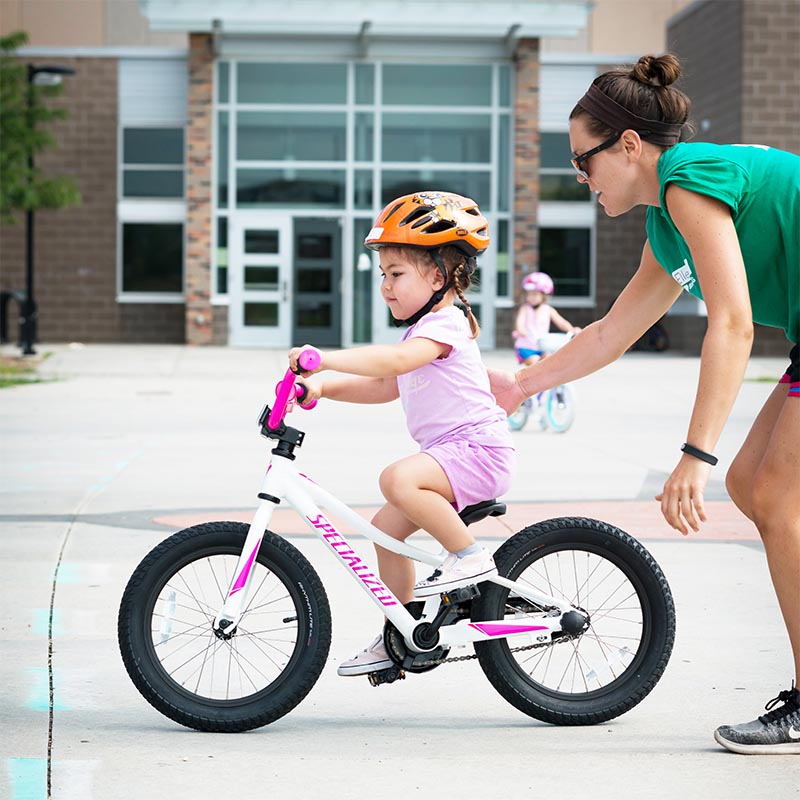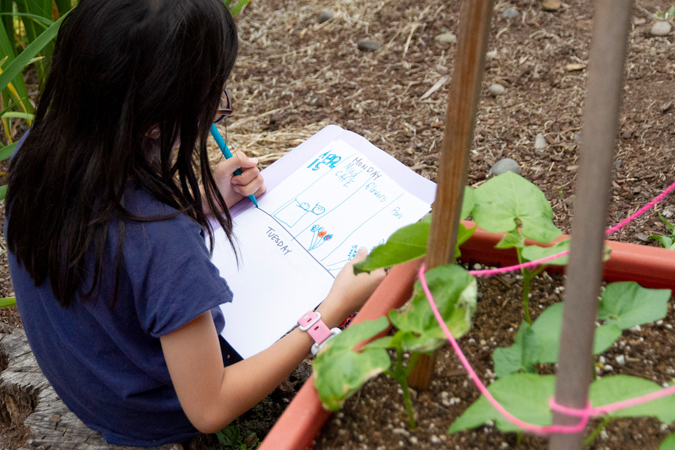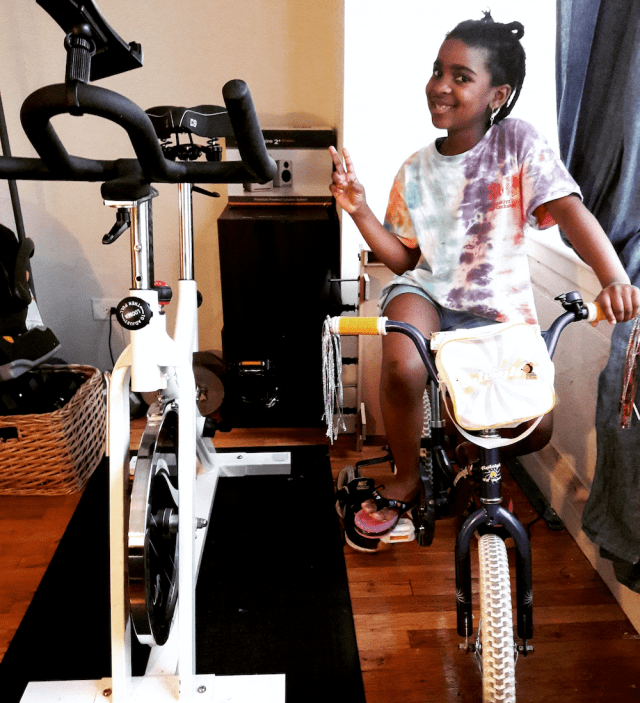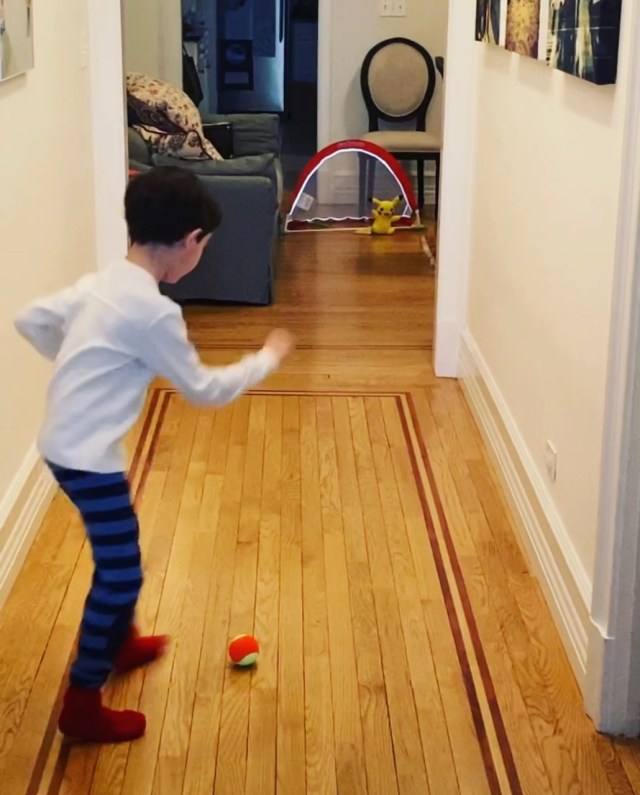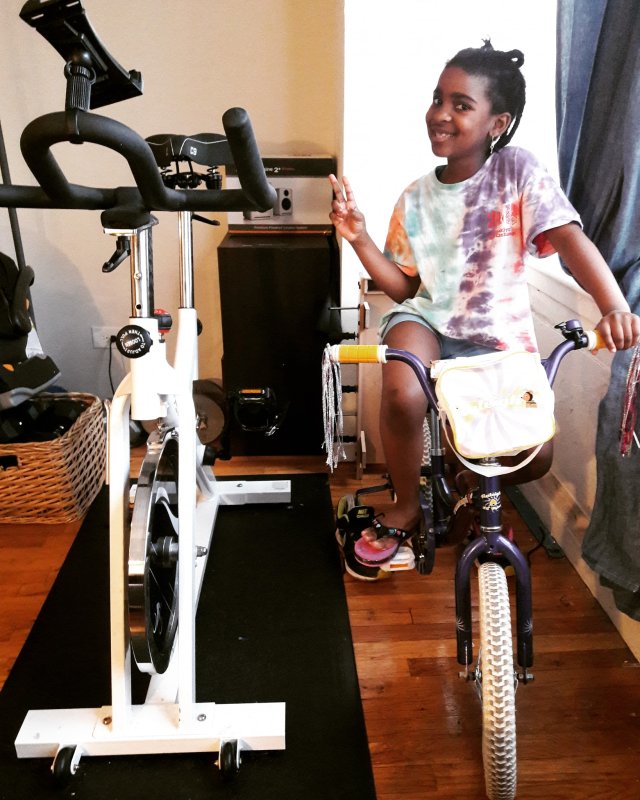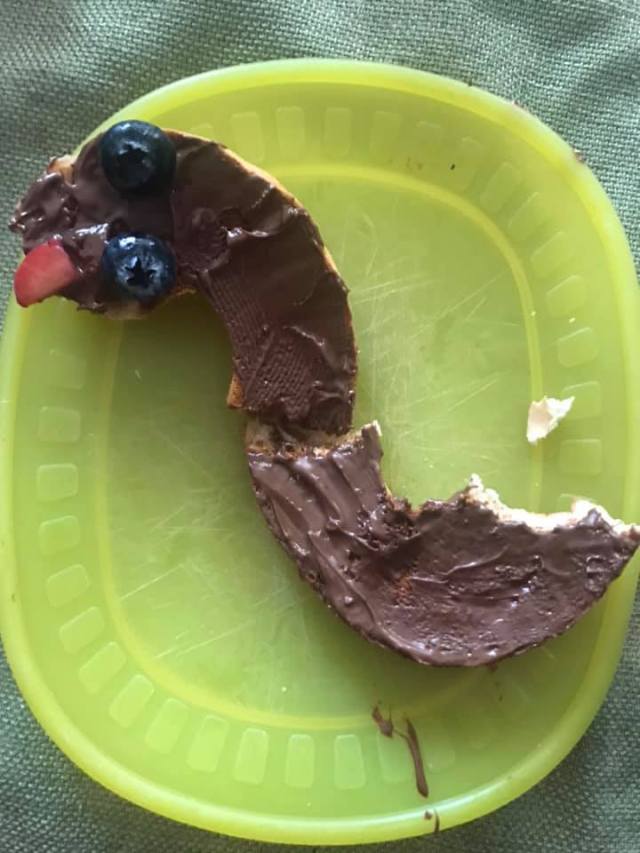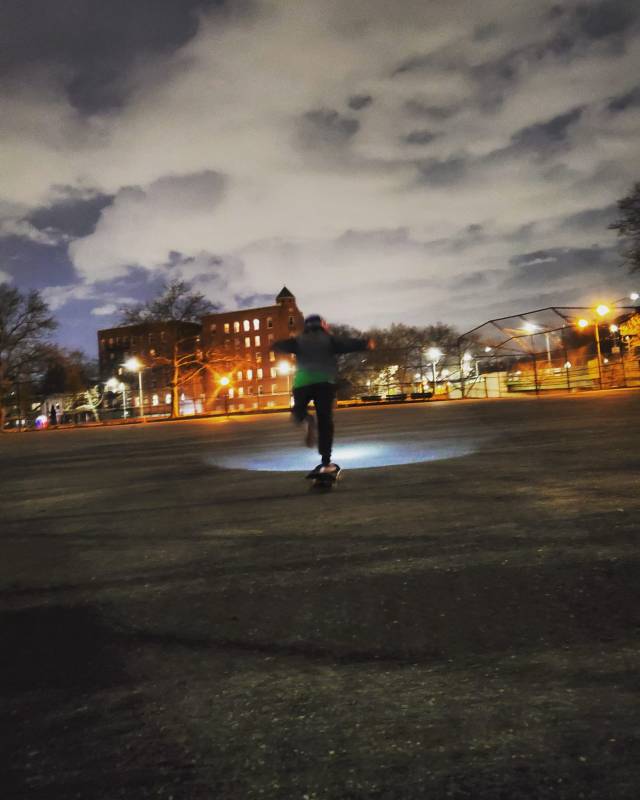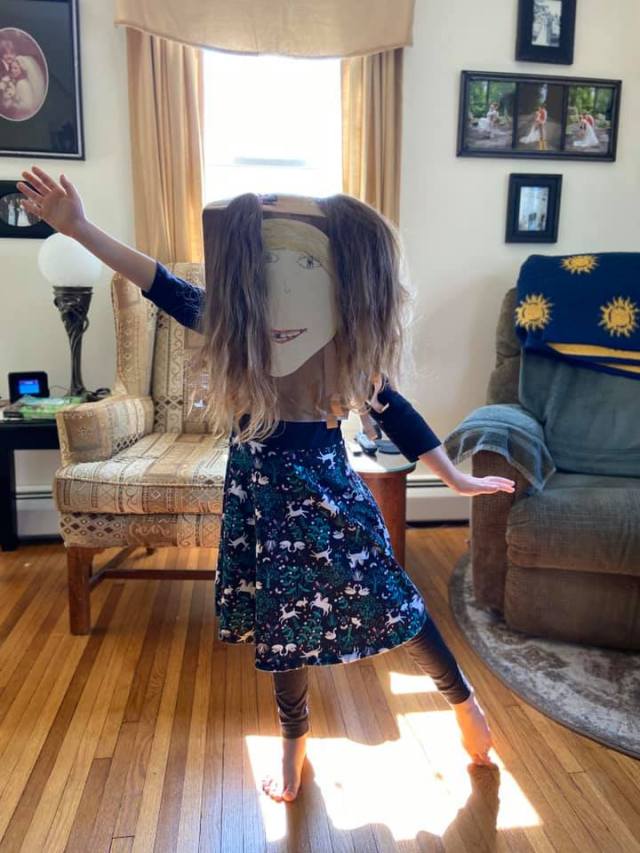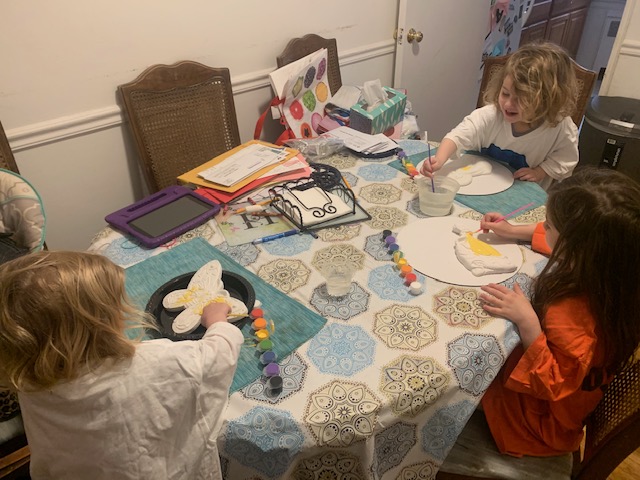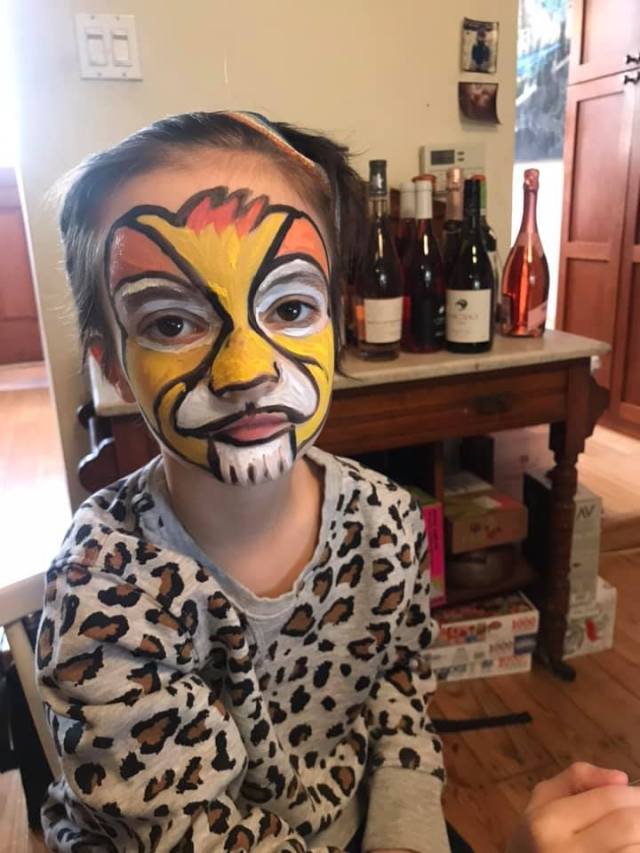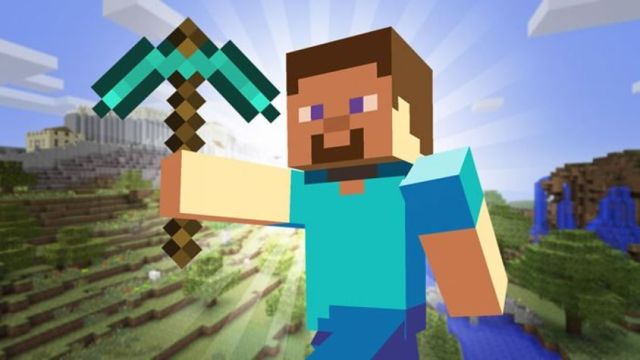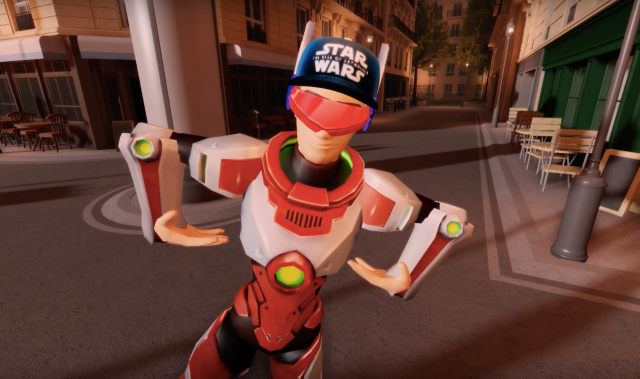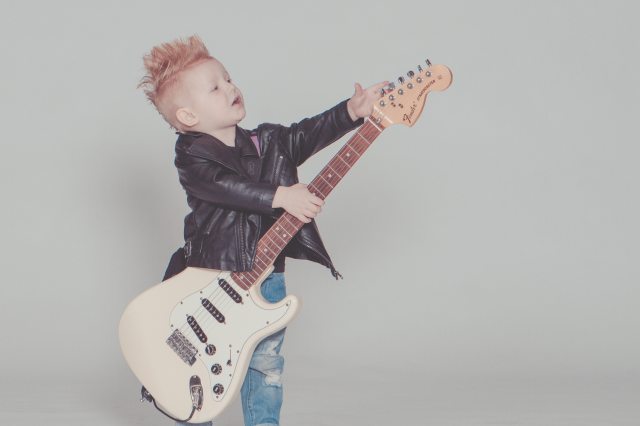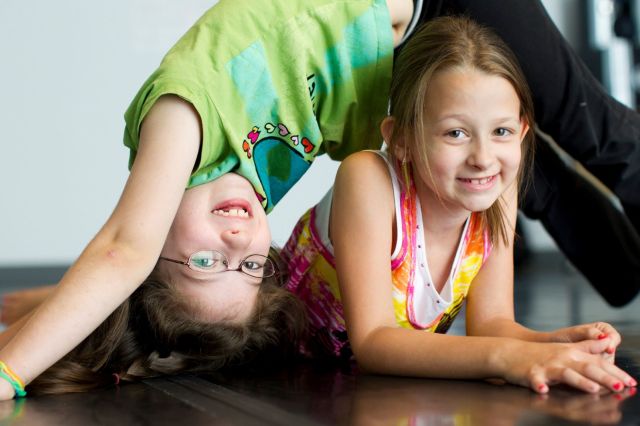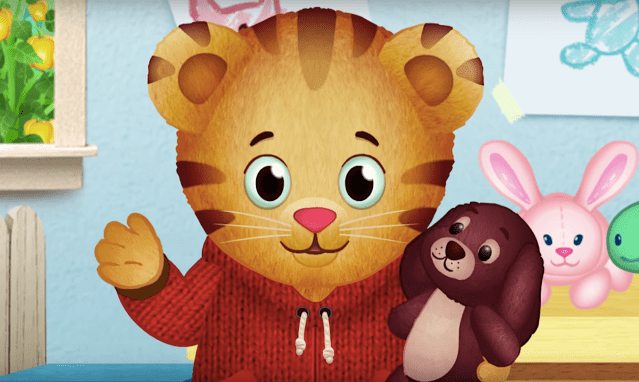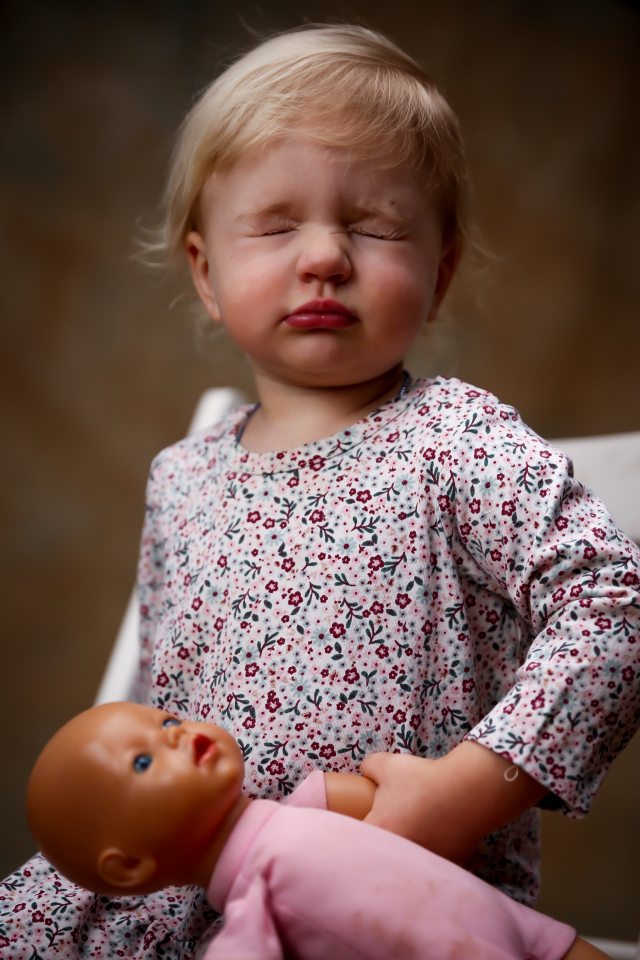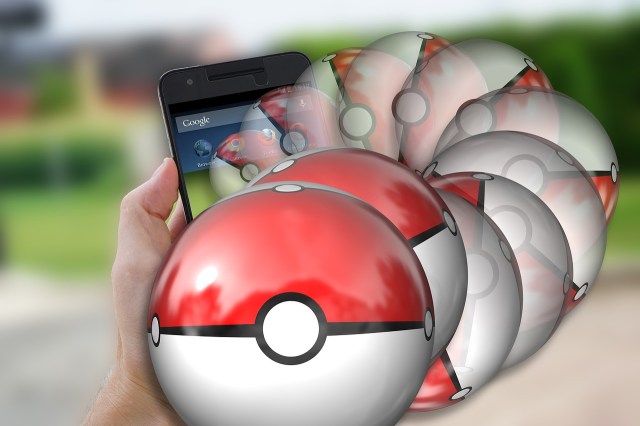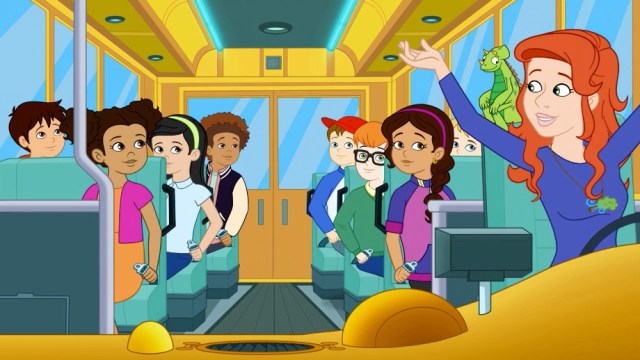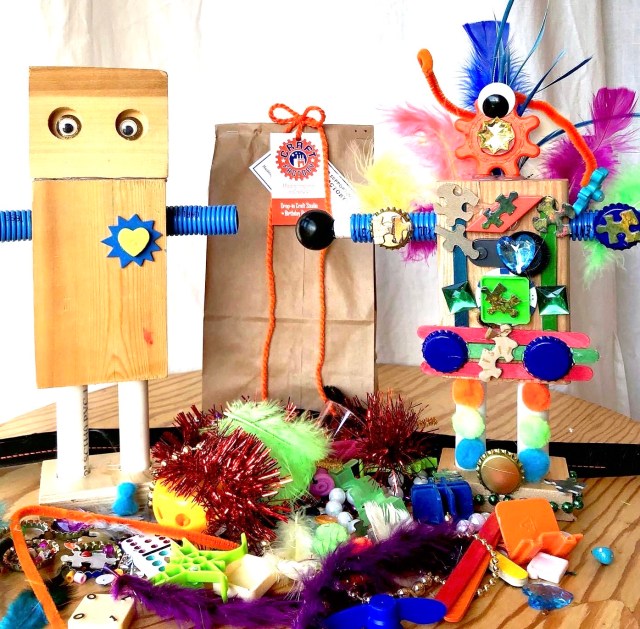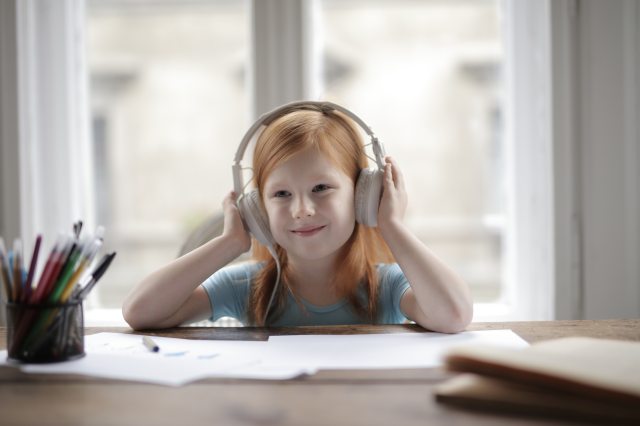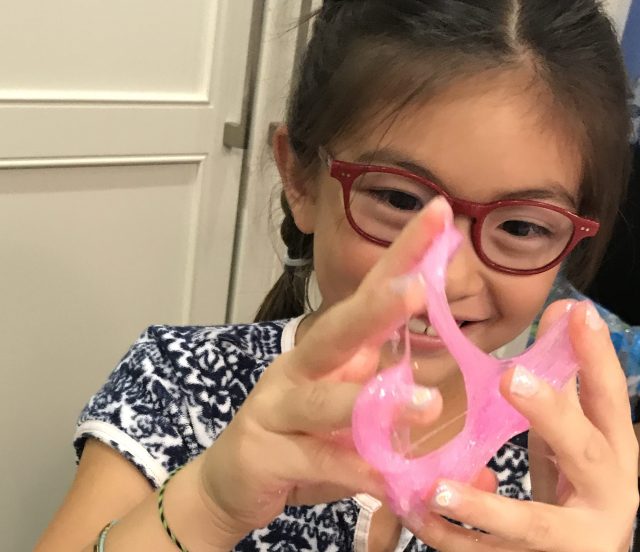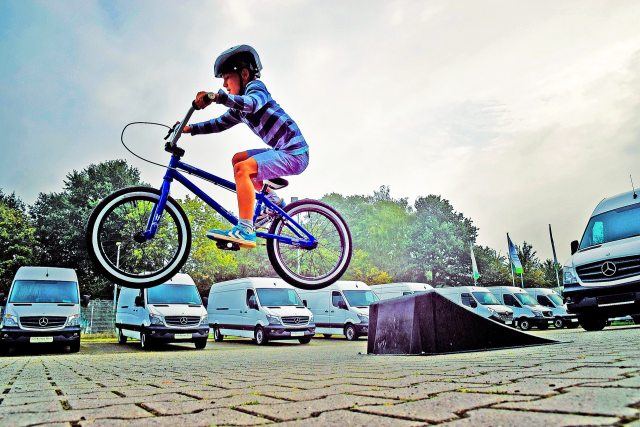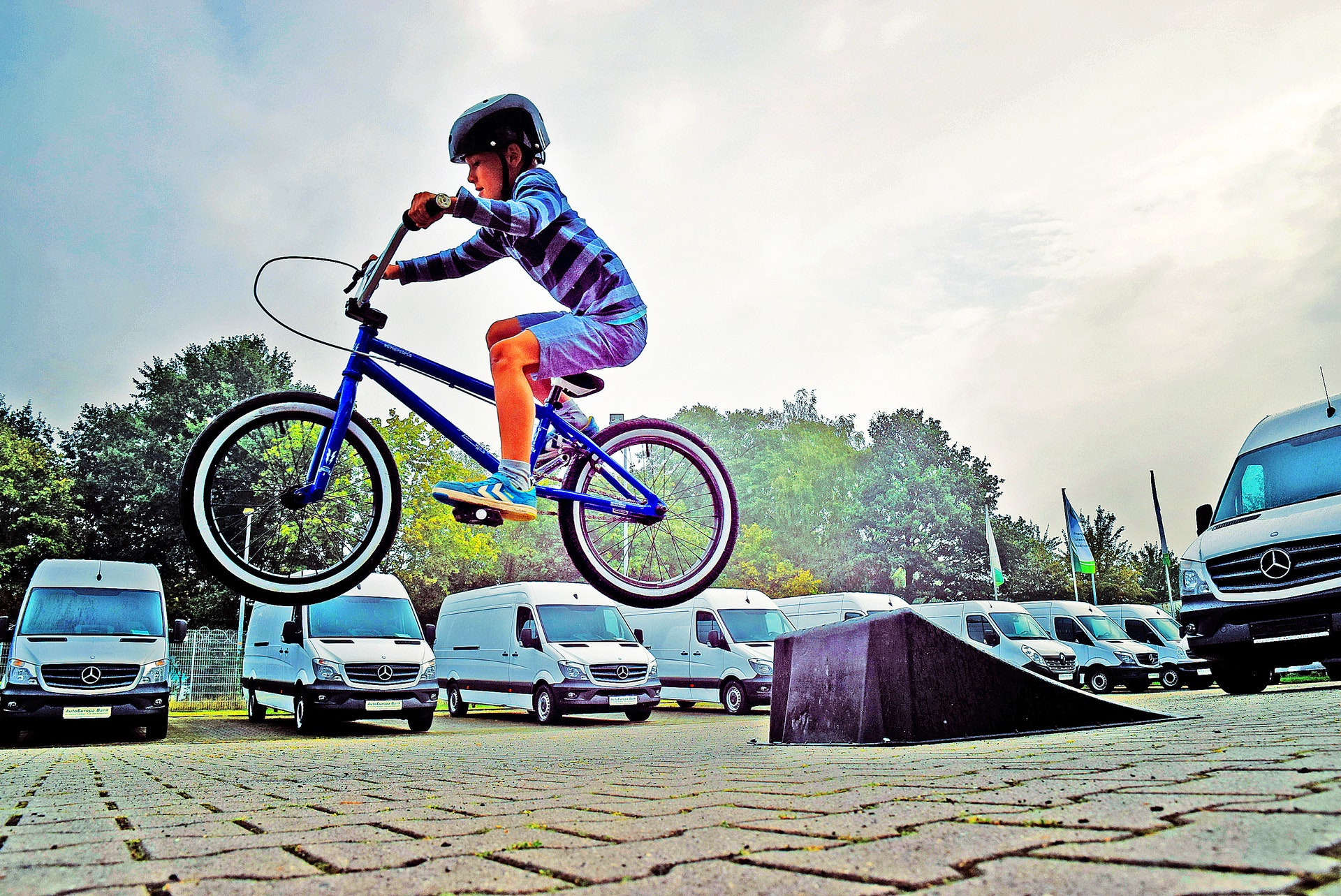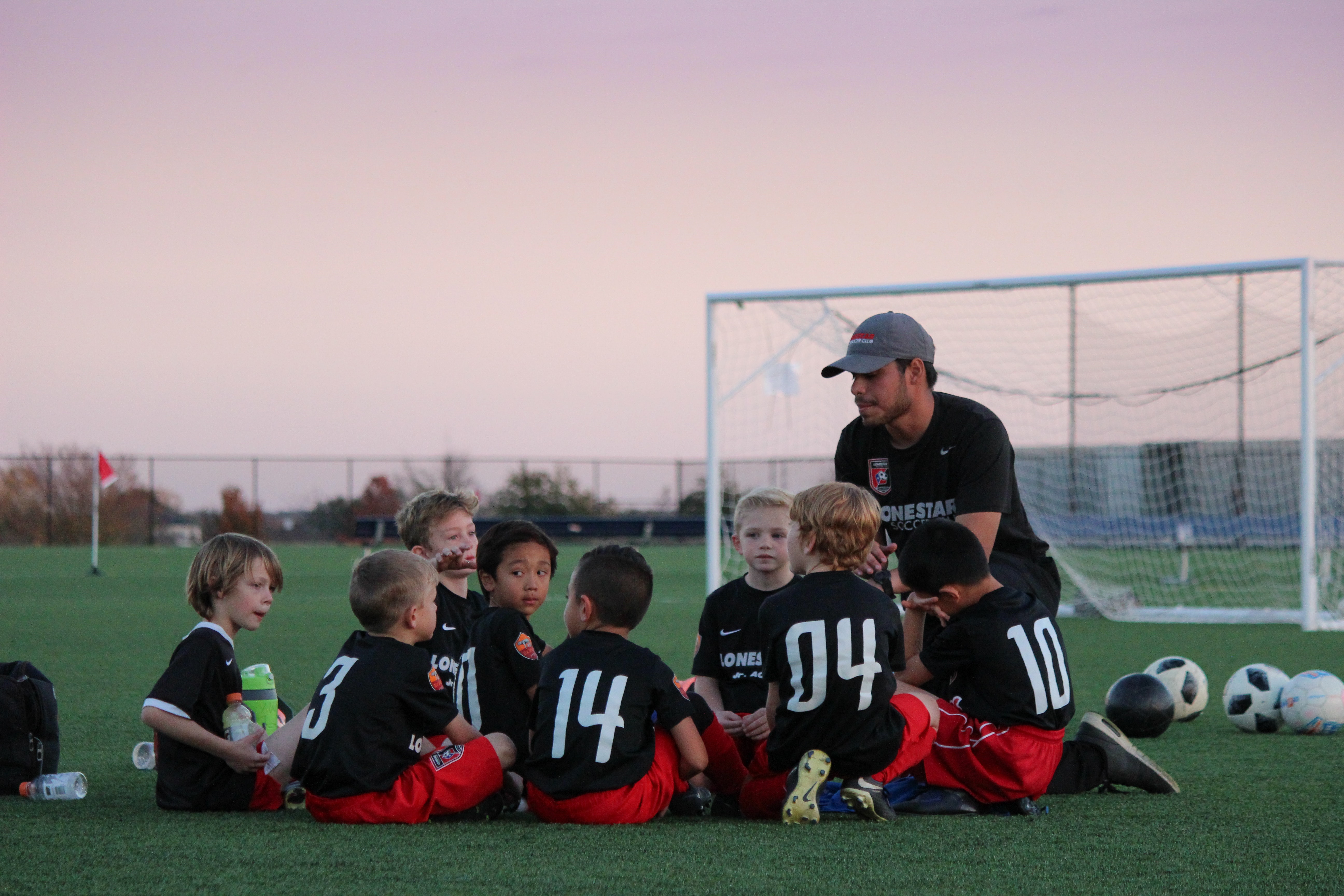
For most parents, protecting kids is their natural instinct. However, you must learn to loosen the reigns every now and then if you want your children to grow into confident, independent adults. Moreover, presenting them with challenges will provide opportunities to try new things. In turn, they’ll face their fears, discover new passions, and learn important lessons in perseverance. Here are a few ways to show a little tough love and get your kids out of their comfort zone.
1. Let Them Decide What Challenge They Want to Tackle: If you have a toddler, you’re familiar with the “me do it” stage. At this point, your little one will want to decide what to wear, where to go, and which toys to play with. They’ll also want to choose their own trials, so give your toddler two choices—each one challenging in its own way. If they’re the ones making the decisions, they’ll be more likely to step outside their comfort zone.
2. Prepare for the Challenge: Once your child has chosen his or her own challenge, ease them into tackling it. For example, if your kid has decided to join the soccer team but fears actually attending practice, let them meet the coach first. You might also have them talk to someone on the team or watch a game before having them take those first courageous steps onto the field.
3. Set Small, Achievable Goals: Keep kids motivated and give them the confidence to try new things more often with small, achievable goals. For example, if your child wants to learn how to ride a bike, your first goal might be learning how to put on safety gear. The second may include cycling with training wheels. With these smaller goals serving as stepping stones, eventually, your little one will accomplish their end goal.
4. Foster a Positive Attitude: When you present your child with a challenge, they may say they can’t do it or simply don’t like it. This negative language can effectively convince them to give up before even trying. Foster a positive attitude and get them to try by encouraging optimistic language and a confident posture. Even sitting up straight can be enough to make a task seem less intimidating.
5. Consider After-School Activities: After school activities like sports, music lessons, theater, and chess clubs, can help kids step out of their comfort zones. These ventures allow your little ones the opportunity to meet new people, learn a new skill, and even gain the confidence to perform in front of others.
6. Try New Foods: Nix the mac and cheese and let your kids try out new foods like tamales or gyros. Of course, introducing new foods can be a challenge. Make the experience more exciting by discussing the culture or history of the food and letting them help you in the kitchen.
7. Send Them to Camp: Summer camp is the perfect place for kids to learn team-building and problem-solving skills. They’ll try new tactics and collaborate with their peers to find solutions and accomplish goals. Ultimately, this teaches them the importance of perseverance and thinking outside the box.
8. Keep It Fun: Remember, if your kids do step outside their comfort zone and absolutely hate the experience, they’ll be less likely to try again. Thus, it’s important to keep things light-hearted and fun. Look for ways to make the challenge enjoyable and rewarding and tailor it to fit your little one and their passions.
9. Step Aside: Sometimes, all someone needs to take a leap of confidence is some space. Your little one might not be willing to take on a challenge if they know you’re watching because they either don’t want to disappoint you or know you’ll coddle them if they don’t try. Therefore, it’s important to step back and encourage your kids to face challenges in your absence.
10. Offer Encouragement: Praising your child may encourage them to step outside their comfort zone for the sole purpose of pleasing you. However, through encouragement, you can teach them to motivate themselves and accomplish goals. Use statements like, “you worked really hard” or “look at your tall tower” to encourage in a non-judgemental manner.
11. Make Failure Ok: Sometimes, kids—and even adults—are hesitant to try something new because they’re afraid of failure. Teach your child that making mistakes is acceptable and even beneficial and remind them regularly that failure is simply a natural part of growth.
12. Celebrate Success: Once your little one accomplishes their goal, make a point to celebrate it. Reward them with a sweet treat, a sticker, or even a simple high-five and smiles. Doing so will reinforce their decision to take a risk, be confident, and try new things.
13. Share Your Story: Of course, the best way to get your kids out of their comfort zone is to share your own experiences of doing the same thing. Share stories of accomplishing goals and facing challenges with confidence. Don’t be afraid to admit your failures, too. Doing so can help your son or daughter find the confidence to take a leap of faith—just like you.
While you’re encouraging your kids to try new things and embrace challenges, you want to be careful not to push them too far. Avoid forcing them to do things they’re not ready for by considering their personality. Know your kids by playing to their strengths and interests. How do they respond to difficulty and stress?
Knowing the answers to these questions will help you determine which challenges are best for your kiddo and how best to present new obstacles so he or she is more likely to try and try again.
